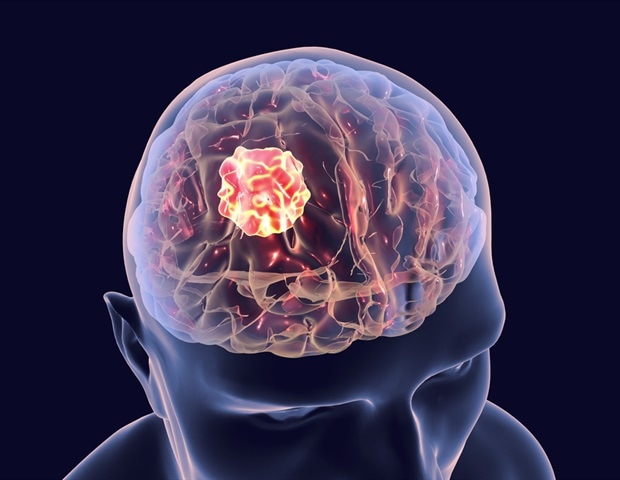The baby blues, a euphemism for mild feelings of sadness, fall on one end of the spectrum, while postpartum depression (PPD) and postpartum anxiety (PPA) land on the opposite side. But what if the way you feel lands somewhere in the middle of the two? It could be postpartum stress syndrome.
Postpartum stress syndrome encompasses a whole group of new mamas who may be forgotten by the other diagnoses but still struggle beyond what’s typically expected.
So what exactly is postpartum stress syndrome and how is it different from other postpartum mood changes? We examine the details here.
What is postpartum stress syndrome?
Postpartum stress syndrome is a type of adjustment disorder where an external, stressful event (hello, pregnancy and childbirth) triggers feelings of unrelenting stress that are much more intense than expected. With postpartum stress syndrome you have a profound need to be the perfect mother but feel you are failing at the job.
Mothers with postpartum stress syndrome are crippled with anxiety, disappointment and major self-doubt that translates to intolerable stress.
The postpartum experience is a whirlwind of love and exhaustion. Most new mamas can attest that it doesn’t matter how many parenting books you read, there’s no way to truly grasp how profoundly life changes after having a baby. You may have a vision of what life will look like as a new mother, but the leaking breasts, barely showered, what did I do all day reality doesn’t always match up.
When Karen Kleiman, founder of the Postpartum Stress Center wrote the book This Isn’t What I Expected in 1984, she and her co-author Dr. Valerie Davis discovered just how many women were struggling. “In our clinical practices, mothers were describing experiences of loss, grief, intense anxiety, pervasive worry, along with strong feelings of doubt, lack of confidence and guilt,” Kleiman shares with Motherly.
While it’s true that a new baby can lead anyone to second-guess themselves, for mothers with postpartum stress syndrome, that feeling never goes away.
How does postpartum stress syndrome differ from PPD and PPA?
Differentiating between PPD, PPA, and postpartum stress syndrome can feel confusing because they share some common characteristics, but there are also key differences.
- PPD is a major depressive episode that can occur up to one year after having your baby. Red flags include excessive crying, feeling disconnected or detached from your baby and a lack of interest in things that used to bring you joy. It’s different from baby blues in that it’s debilitating and doesn’t go away after the first few weeks.
- PPA isn’t as well known as PPD, but thankfully awareness is growing. It often crops up alongside PPD. Signs include non-stop worrying and feelings of dread, racing thoughts, sleep issues and even physical manifestations like nausea or heart palpitations.
Postpartum stress syndrome shares some of the symptoms from both, like trouble sleeping and constant worry. But while PPA and PPD interfere with everyday life, women with postpartum stress syndrome can function and go through the motions. But on the inside, they are deeply suffering.
Kleiman estimates that the number of women with postpartum stress syndrome is higher than we know, mainly because many mothers struggle in silence, unsure if what they are experiencing is just a normal part of becoming a mother.
How to tell if you have postpartum stress syndrome, PPD or PPA
If you are concerned about how you feel, the number one recommendation is to reach out for extra support and get proper care.
According to Kleiman, “Well-trained providers can help determine whether the distress is a symptom of an anxiety or depressive disorder, or whether [it] falls within the parameters of an adjustment disorder, such as postpartum stress syndrome.”
Even with all the joy in becoming a parent, it’s not easy. It’s totally normal to have hard days with tears. But Kleiman suggests taking a look at the frequency, intensity and duration of your challenging days. “In other words, how much distress is it causing you? How much is it impairing your ability to function the way you usually function?” she asks. If it feels unrelenting, it’s time to ask for help.
Tips for managing postpartum stress syndrome
Here’s the good news: If you struggle with postpartum stress syndrome, professional support can make a huge difference and give you the tools to feel better.
Additionally, there are things you can do on your own that may help:
- Hold boundaries. Don’t be afraid to say no to others and protect your space. It’s OK to tell someone you aren’t up for a visit. Setting boundaries is a form of self-care.
- Accept help. At the same time, allow people to help you. Find those friends or family members that you trust and let them take care of you, whether it’s cooking, cleaning or just holding your baby while you shower.
- Put your needs first. “Let your own needs take precedence,” Kleiman suggests. It’s the same old story about the oxygen mask on the plane; if you don’t put yours on first, you can’t help others.
Maybe most important—for postpartum stress and all the phases of parenthood—accept where you are with the knowledge that everything passes. It’s OK to feel all the feels. “Remind yourself that this is a stressful time when you will be vulnerable and susceptible to emotional upheaval,” Kleiman advises new mamas. “That’s perfectly OK.”
Sources:
O’Hara MW, McCabe JE. Postpartum depression: current status and future directions. Annu Rev Clin Psychol. 2013;9:379-407. doi:10.1146/annurev-clinpsy-050212-185612
Pawluski JL, Lonstein JS, Fleming AS. The neurobiology of postpartum anxiety and depression. Trends Neurosci. 2017;40(2):106-120. doi:10.1016/j.tins.2016.11.009
Seyfried LS, Marcus SM. Postpartum mood disorders. Int Rev Psychiatry. 2003;15(3):231-242. doi:10.1080/0954026031000136857

 PARENTING TIPS
PARENTING TIPS







 PREGNANCY
PREGNANCY








 BABY CARE
BABY CARE








 TODDLERS
TODDLERS








 TEENS
TEENS








 HEALTH CARE
HEALTH CARE








 ACTIVITIES & CRAFTS
ACTIVITIES & CRAFTS








 CONTACT
CONTACT ABOUT
ABOUT


